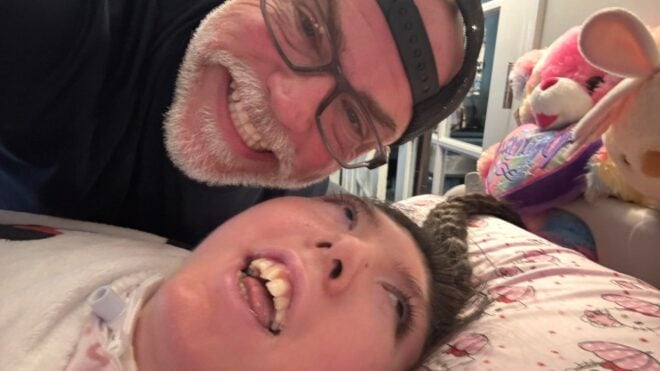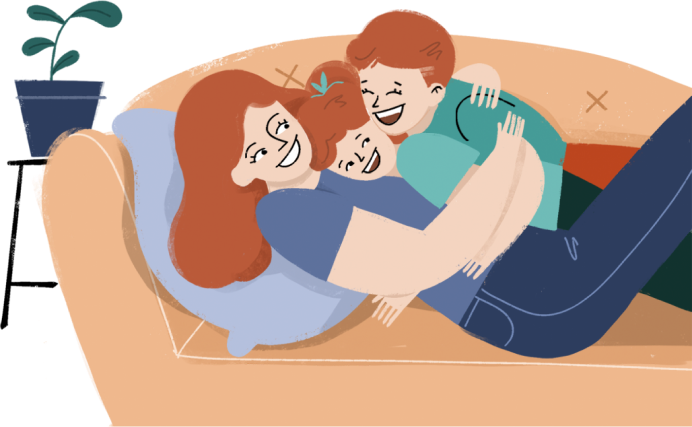For most parents, one of the biggest fears, especially as children reach those tenuous preteen and teen years, is that your kid will cut you out of his or her life.
It’s a natural fear, because, at this stage in life, it’s pretty normal for kids to develop private lives, and to start keeping real secrets, not just, “I accidentally painted my whole body, it’s fine, Mommy” secrets.
The secrets aren’t a problem in and of themselves; after all, kids eventually need to become grown-ups, and the process of individualizing takes time.
The fear for most parents is that their child will somehow find themselves in danger, through bullying or romantic choices or self-harm, and that they, the parent, will be clueless until it’s too late to prevent something terrible from happening.
That’s why it’s so important, as the new school year begins and peer pressure mounts, that all parents be aware of one of the biggest challenges facing many school-age girls and boys, and one of the hardest to detect: disordered eating.
Scroll through the gallery below to learn more and see which signs to watch out for.
Disordered Eating 101
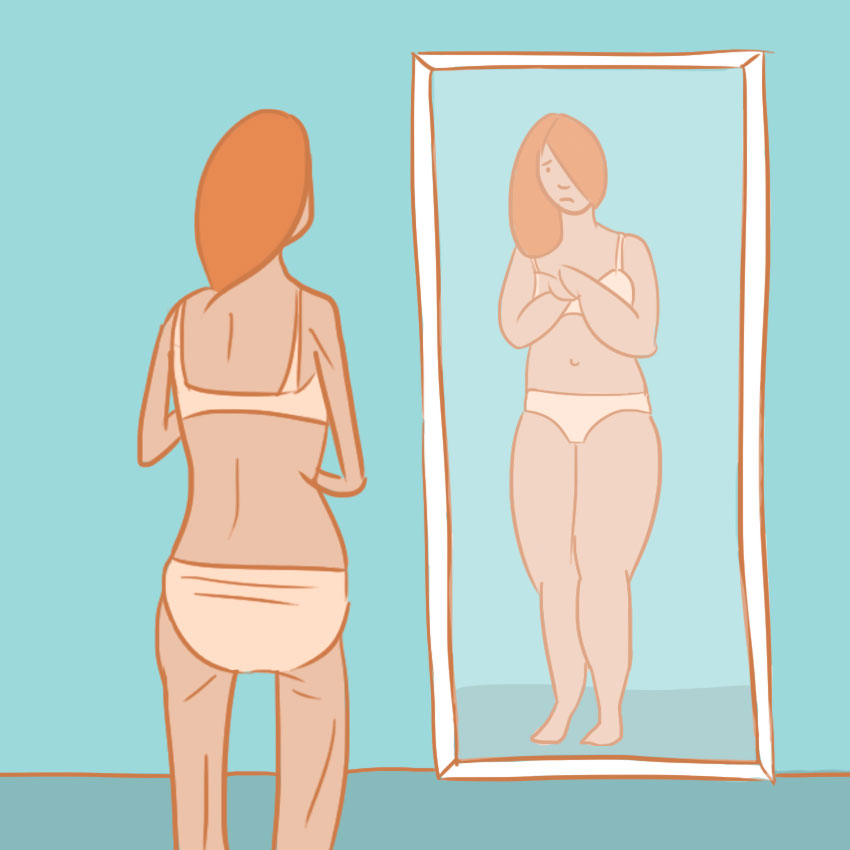
What is disorder eating anyhow? WebMD defines them as "a group of conditions marked by an unhealthy relationship with food."
The most famous examples are anorexia, bulimia, and binge-eating disorder, but EDNOS is perhaps the most common category, "eating disorder not otherwise specified," which can incorporate elements of different forms of disordered eating.
Often linked to weight, body image, and obsessive compulsive disorder, these conditions are common in teenage girls, but may also affect boys, and adults and children of any age.
One classic hallmark of these conditions is body dysmorphia, where the sufferer sees him or herself very differently than they actually appear; for instance, being quite slim, but believing oneself to be overweight.
Disordered Eating Sign #1: A Fixation On The Scale
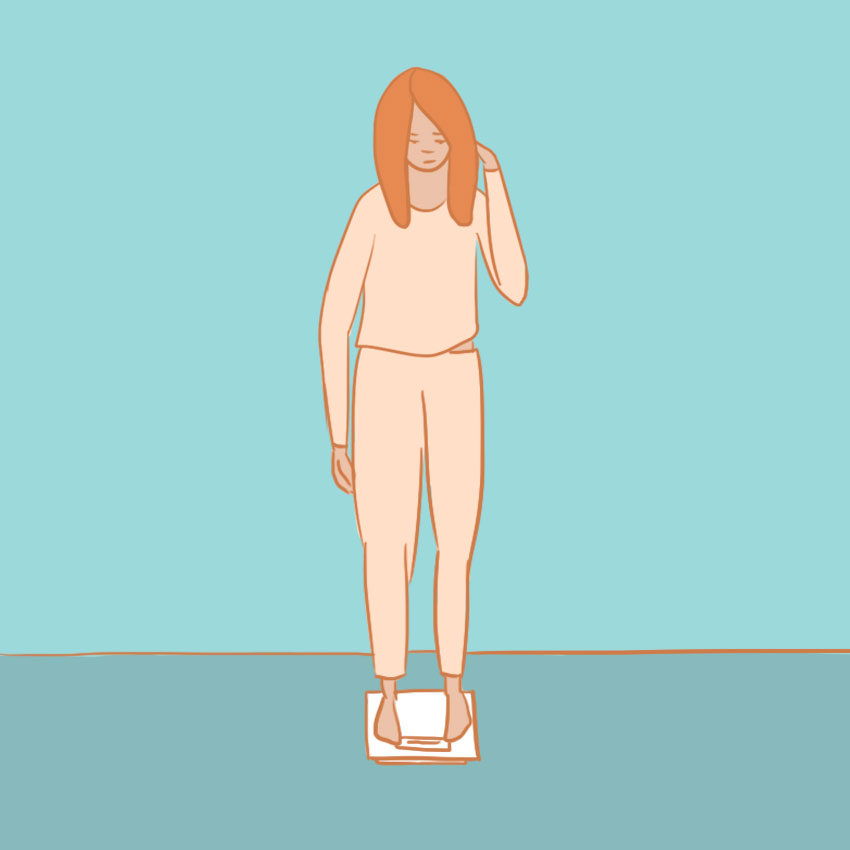
If you suddenly notice that your bathroom scale is getting moved around or showing the weight most closely associated with, say, your 12-year-old, it may be that your kid has developed a bit of an obsession with the scale.
The best way to handle this isn't forbidding its use — after all, that will only make them more secretive about it — but establishing rules.
You might try saying, "OK, you can weigh yourself on Monday mornings, but the rest of the time, leave the scale alone," to curtail a pattern of obsessive weighing.
Disordered Eating Sign #2: Loose And Baggy Clothes
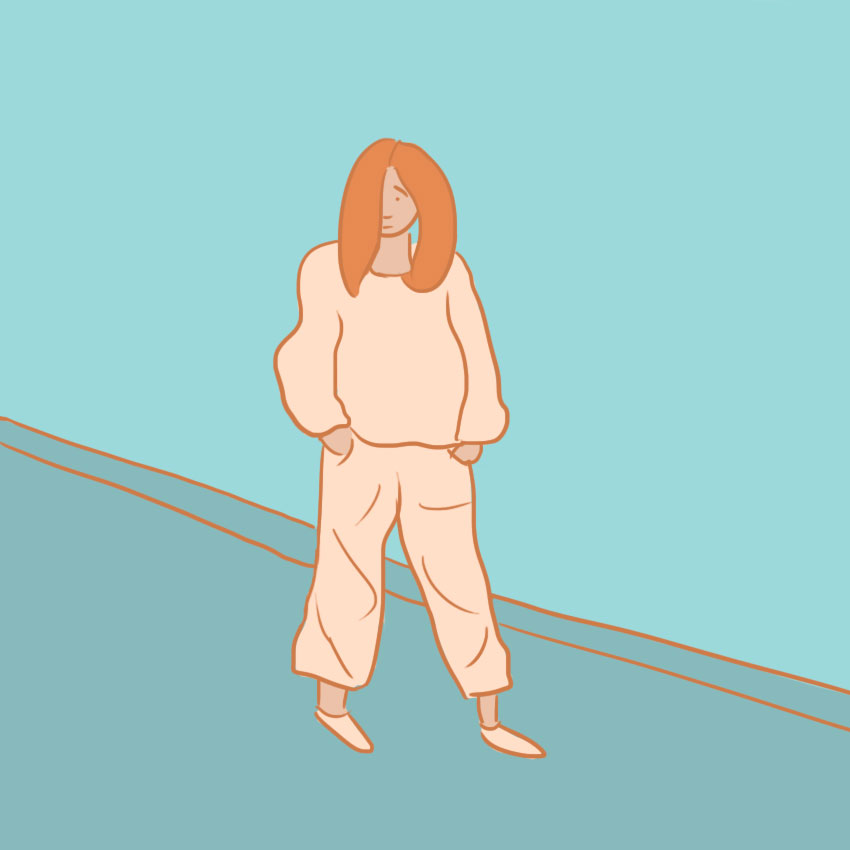
Is your fashion-conscious teenager suddenly trying to leave the house in sweatpants and giant T-shirts every day?
This isn't a sign that she's lost her sense of style, but more likely an indicator that something is going on with her self-image.
She may be trying to hide perceived flaws, like her belly or thighs, under baggy clothes. More worryingly, she may be trying to conceal weight loss from teachers, friends, and you, her parent.
Disordered Eating Sign #3: Secretive Eating Habits
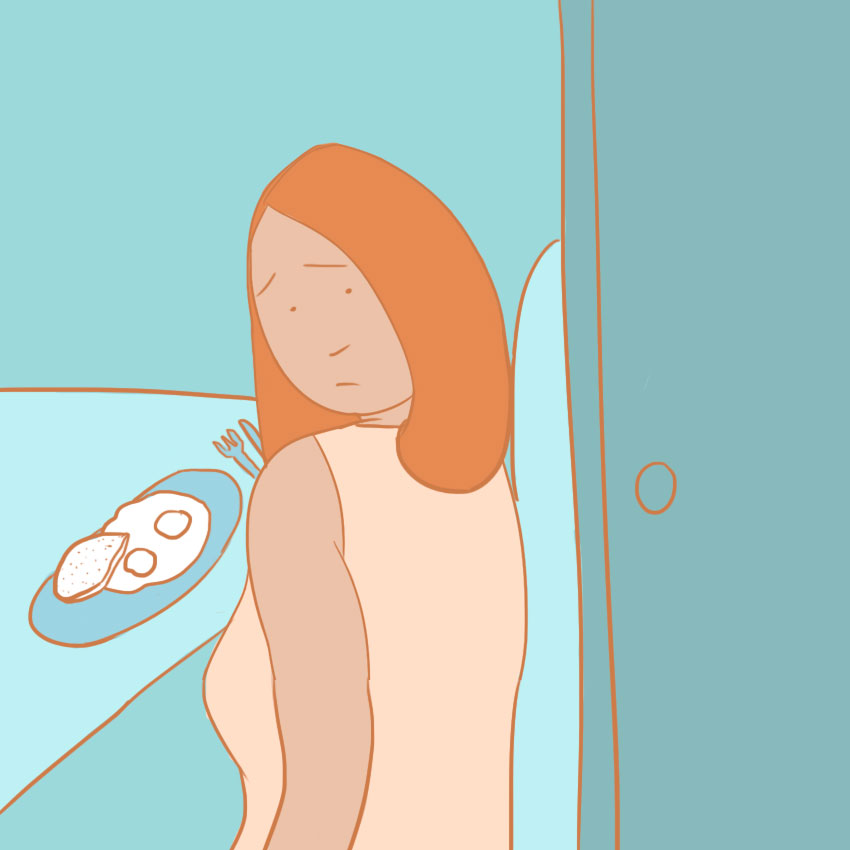
Watch out for any eating habits that you might describe as secretive or deceptive.
If a child is developing a strange relationship with food, he or she might suddenly become unaccountably picky about very specific foods, or attempt to eat without anybody watching.
Warning signs for this might include picking at food during family meals without really eating, or constantly being "still really full from lunch," or "not hungry, because I ate at Jane's house."
If this is happening once a week or more, it may be time to have a chat.
Disordered Eating Sign #4: Sudden Personality Shift
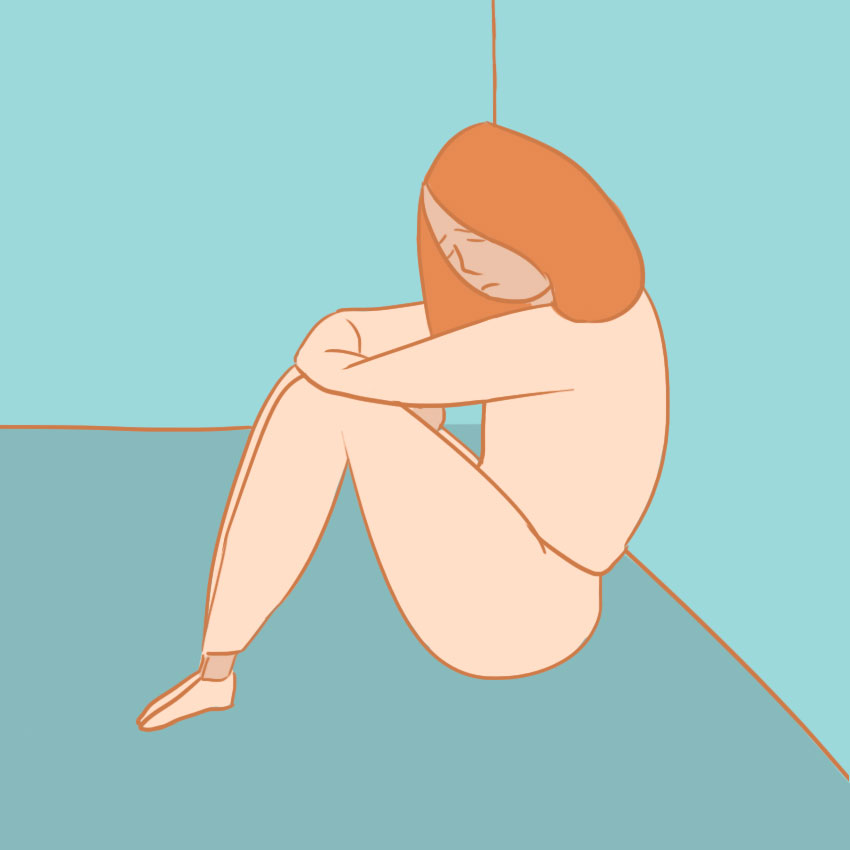
If you're concerned that your bright, bubbly child has suddenly turned into a sullen tween, don't be; that's just the hormones.
If, on the other hand, you notice symptoms of depression or anxiety, like sleeping all day, cutting ties with friends, picking skin or hair, etc., these can sometimes be red flags that there's something brewing.
A lot of preteens and teens go through mental changes, but definitely keep an eye out for deeper emotional crises that might indicate self-harm, disordered eating, or deep depression or general anxiety disorder.
Disordered Eating Sign #5: A Bottomless Stash Of Feminine Supplies
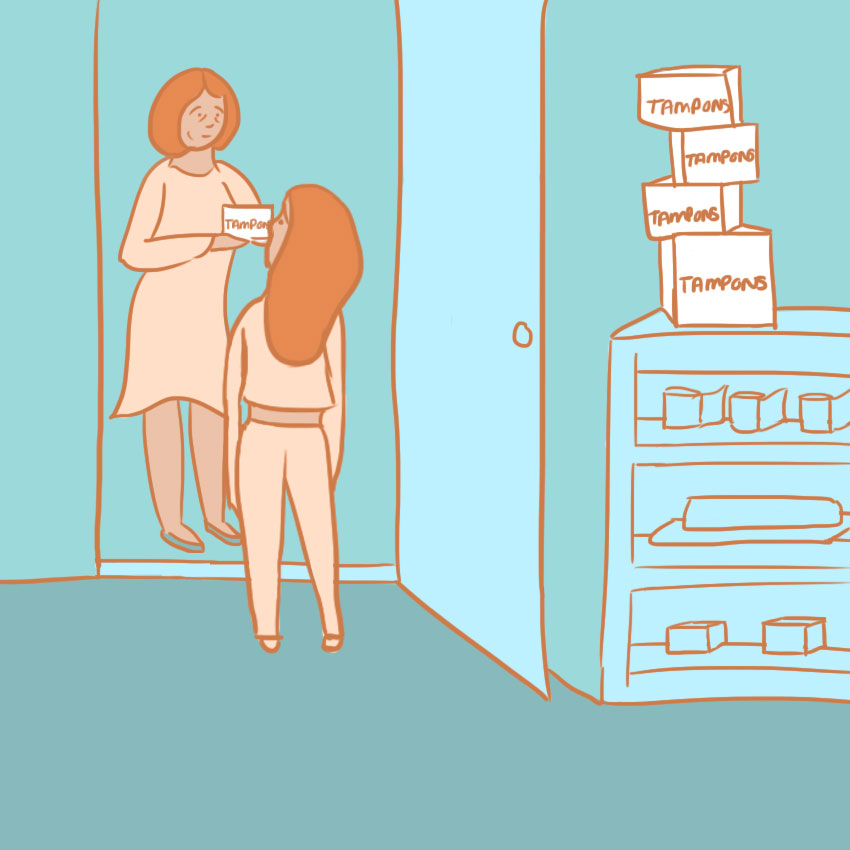
If your child is especially adept at hiding what she's going through, you might find a sign in an unexpected place: the bathroom cabinet.
If your child is already getting her period, she should be coming to you fairly regularly for more feminine supplies.
But requests for tampons may suddenly stop, and the cabinet may seem surprisingly well-stocked, if your child stops getting her period as a result of weight loss.
Amenhorrea, or loss of a period, can happen for a variety of reasons, but is always worth getting checked out, especially if you suspect restrictive eating is at fault.
Disordered Eating Sign #6: Sudden Interest In Cooking
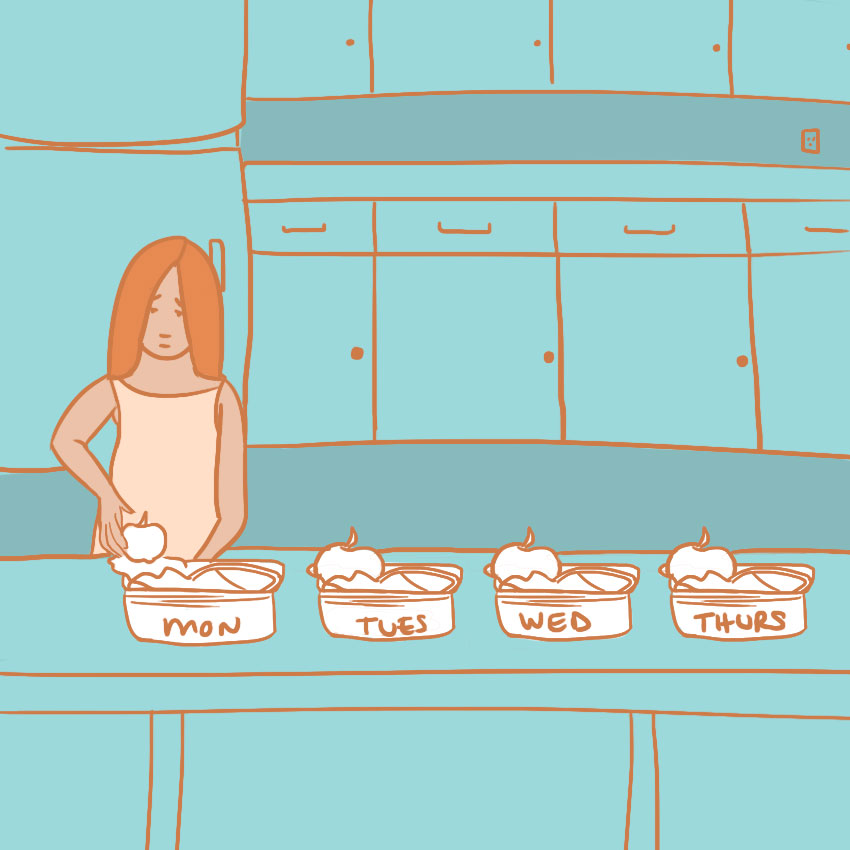
Sometimes, people who are developing disordered eating will disguise their fixation on food with the language of healthy eatings.
They may adopt a dietary restriction, like veganism or raw food, that is known for being restrictive, without seeming to have a real ethical or logical reason for doing so.
In other words, the restriction is often a convenient disguise, and may also manifest in a fixation with preparing all meals just so, and organizing food very fastidiously.
Disordered Eating Sign #7: Body Hair Thickens
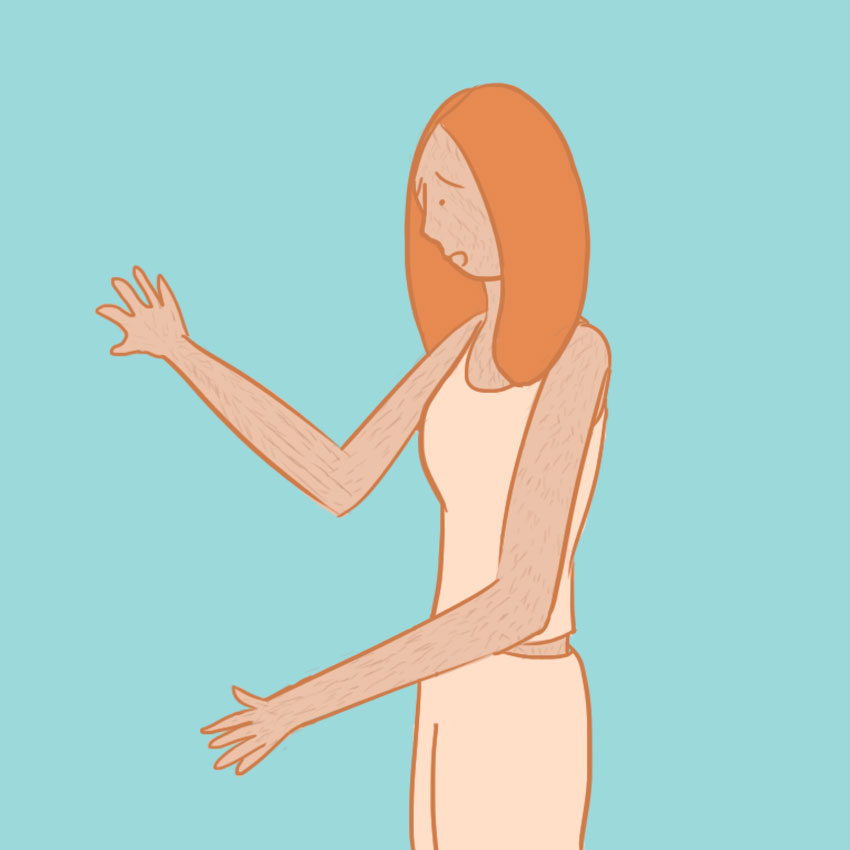
Disordered eaters don't always lose enough weight that their condition is obvious to friends and family.
Often, the physical signs are much more subtle than too-big clothes and prominent ribs, and might be found in the body responding to perceived starvation.
Look out for lanugo, a soft, downy hair that grows in a coat all over the body.
Even if a child isn't losing extreme amounts of weight, lanugo may grow in an attempt to keep the body warm, if it stops receiving the nutrients and calories it needs.
Were any of these signs news to you? Please let us know in the comments and be sure to SHARE with friends who have kids or grandkids going through the complicated back-to-school process!

